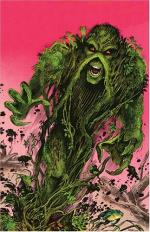|
This section contains 213 words (approx. 1 page at 300 words per page) |
Spontaneous generation, which is also called biopoesis or abiogenesis, is the process of living organisms arising de novo from non-living material. Until the nineteenth century, it was believed that spontaneous generation was the process by which many living creatures arose. Examples of spontaneous generation included mites arising from piles of non-living dust and fungi arising from dead wood, instead of merely taking advantage of the fact the dead wood is there and moving in to colonize it. Ancient Egyptians believed snakes arose from mud and the Greeks believed rats came from garbage. These misguided theories were logically based on physical observation of the relationship between the organism and its habitat.
By the time of the Renaissance, scientists did not believe that larger animals arose from spontaneous generation, but they still clung to the belief that bacteria arose spontaneously. It was not until 1862, when Louis Pasteur offered proof to the contrary, that spontaneous generation was discarded. Pasteur showed that microorganisms were not spontaneously generated from non-living matter, but arose from preexisting microbes. By killing these preexisting microbes and not allowing new ones to grow, Pasteur illustrated that no microorganisms arose, even though the conditions prevailing had previously given rise to them. This is part of the germ theory of disease.
|
This section contains 213 words (approx. 1 page at 300 words per page) |


